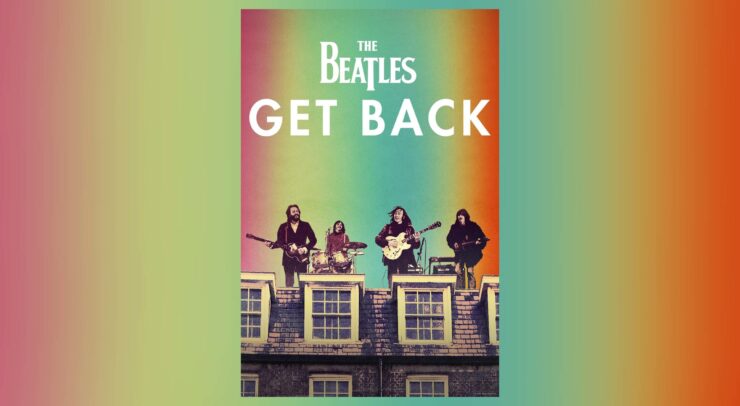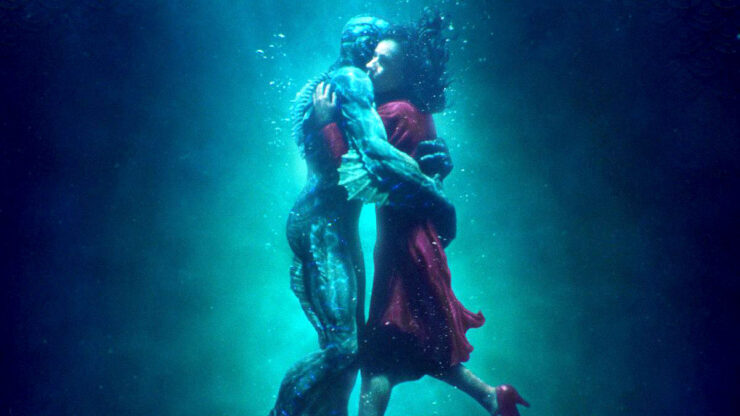Can you be trendy and serious all at once?
The Fallout, starring Jenna Ortega and Maddie Ziegler, was released on HBO Max on Jan. 24. Ortega and Ziegler’s characters — 16-year-olds Zada (Ortega) and Mia (Ziegler) — get stuck together in the bathroom during a school shooting.
The world is always evolving, and as such, circumstances for teenagers have changed from some years ago. Social and political issues have more of a presence in their daily activities due to social media’s role in their lives. With that, it’s interesting to see how these stories get told in new movies and media, which, I think, is what The Fallout is trying to do.
Most of the movie is told from Zada’s perspective in the months following the shooting, as she deals with survivor’s guilt, post-traumatic stress disorder, and the strain this situation has on her many relationships. Ortega’s performance is stunning — the jarring emotional scenes are equally as well done as the happy scenes. The acting tells a sometimes difficult and ugly story, beautifully. Her character’s development towards finding a new version of herself after the traumatic event is honest and real. This is a wonderful stepping stone for Ortega, as she continues to leave her Disney days behind her and moves onto, what I would call, her Zendaya-esque transition out of that world.
Diversity in the film
I appreciate how much this movie presents diversity in its storytelling and its production on multiple occasions.
The storytellers and casting directors do a good job presenting biracial couples as a standard situation for romantic relationships. Zada’s parents are a biracial couple, and she momentarily explores a biracial romantic relationship with her new friend Quinton.
Additionally, Megan Park had her directorial debut with this movie. Since female directors often don’t get as many opportunities as their male counterparts, it’s nice to see this story directed through the ideas of a woman.
Impressively, this movie includes scenes of sexual exploration without it feeling forced. Zada and Mia represent young people who are growing up, discovering their sexuality. Furthermore, they are in a position of navigating the evolution of their romantic relationship, and what this means for their friendship. They portray this doubt — about the friendship, but also about the uncertainty of their sexuality – very well.
Is this another one of those TikTok movies?
People on TikTok have pointed out the use of TikTok dances in the background of a particular scene. While I understand that this looks tacky at face value, it is going to become more normal for these references to be seen in movies as they become more normal in reality — remains to see if they will age well. This being said, I think the line between acknowledging the presence of technology in our society, versus letting it fade for the reality of the movie, is thin. This next instance is a perfect example of this.
Mia uses the crying emoji — the one with two blue streams of water coming out of the eyes — besides a text saying “I think he passed away.” I think it is clear that most people use this emoji for laughter and using it here just seems odd and forced. Emoji use evolves over time, and will surely date this film as it matures.
As a former reality TV star Ziegler’s appearance in the film has been highly anticipated by those observing the influencer-to-actor pipeline, as she has been trying to push her way into the serious acting scene for some years now. She faced some controversy after appearing in Sia’s movie Music playing an autistic girl despite being herself neurotypical. It’s possible that her performance in this movie and her recent appearance in the Steven Spielberg West Side Story will allow her to break out of that rut.
But was the story good?
The storyline and plot of this movie is slow and faint. But I think this is what they were going for: a display of the ebbs and flows that this kind of trauma causes, showing days where the girls seem mostly fine, and other much more emotional days.
My biggest problem with this movie, however, was the ending. We see Zada waiting outside when she gets a notification that another shooting has happened in Ohio. She begins having a panic attack and the movie ends. Despite not liking the abruptness, I can understand how this was likely a decision made to display the never-ending trauma that something like a shooting leaves on a person. Zada is finally feeling better, but she never will truly recover from this experience.
The movie does a good job overall at depicting this emotional journey and I appreciate that it is raw in showing what this trauma looks like both physically and emotionally. The relationships are explored in sincere ways that don’t often feel forced. It’s interesting to see this story be told now, since it has become a larger reality for many and a larger concern for others.
You can stream The Fallout on Crave.






